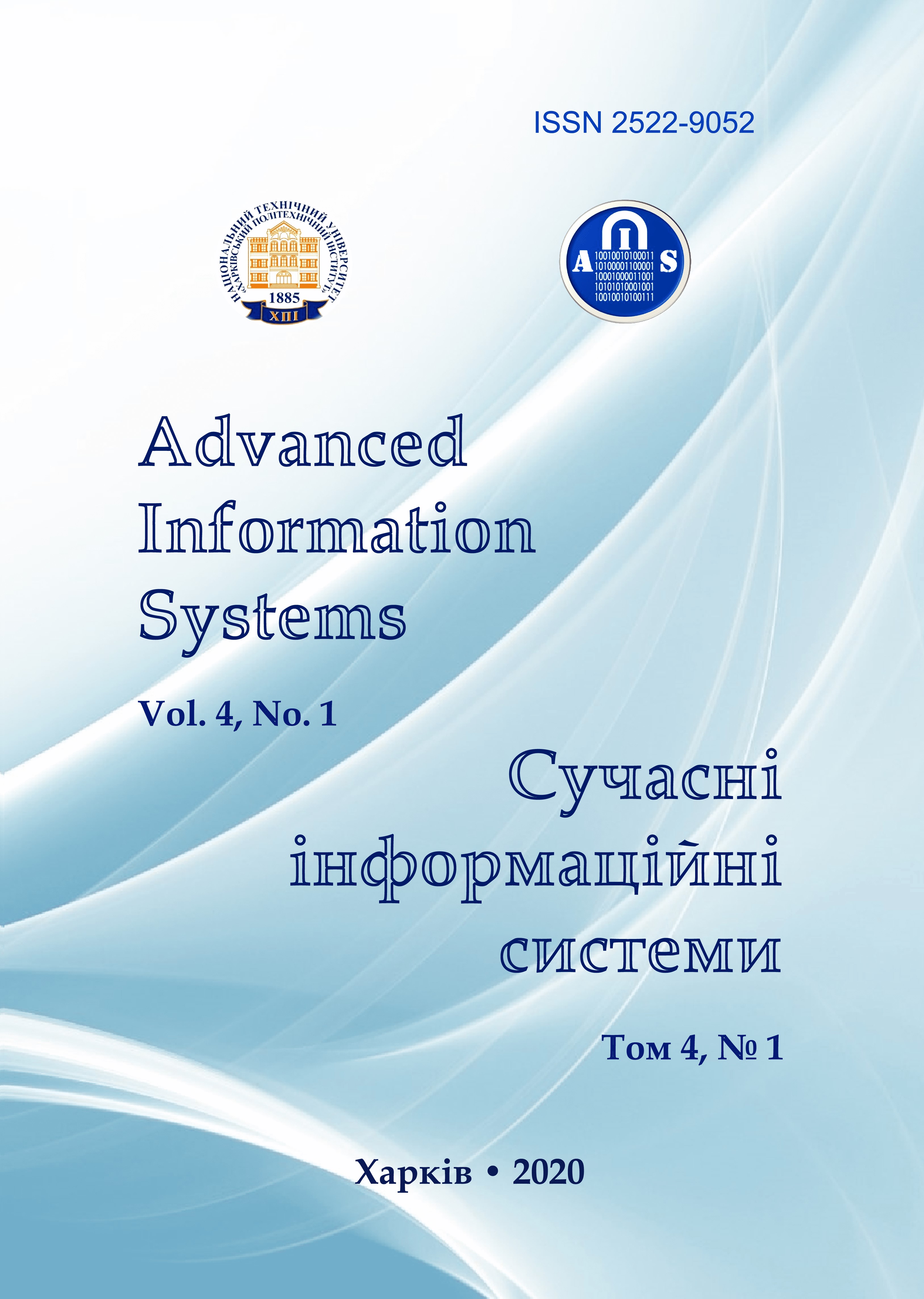Methodology of historical cartographic models atlases creation according to aerial photography data with the use of geoinformation technologies
Main Article Content
Abstract
Article Details
References
Andrieiev, S., Zhilin, V. and Melnyk, A. (2019), “The use of anamorphosis cartographic models for geodata analysis”, Ad-vanced Information Systems, Vol. 3, No. 3, pp. 5-16, DOI: http://dx.doi.org/10.20998/2522-9052.2019.3.01
Andreev, S., Zhilin, V. and Topchiy, A. (2018), “Method of using computer vision libraries for constructing cartographic mod-els”, Systems of control, navigation and communication, No. 1 (47), pp. 3-7, DOI: http://dx.doi.org/10.26906/SUNZ.2018.1.003
Andreev, S.M., Dmyterko, G.V., Zhilin, V.A. and Ovcharenko, S.I. (2015), “Methodology for the development of cartographic models of park areas”, Information processing systems, No. 12 (137), KNAFU, Kharkiv, pp. 6-14.
UNESCO (1972), The UNESCO Convention on the Protection of the World Cultural and Natural Heritage, Convention, Inter-national Document of 16.11.1972, available at: http://zakon2.rada.gov.ua
Khvedchenya, S.B. (2004), “Historical-cartographic aspect in the study of monuments of history and culture of Ukraine”, His-torical-geographical studies in Ukraine, Kiev, No. 7, pp. 103–117.
Khvedchenya, S.B. (1997), “Cartographic support of monuments”, Special historical disciplines: questions of theory and meth-odology, Kiev, No. 7, pp. 244–251.
Chetverikov, B. (2010), “Establishment of historical boundaries of Babin Yar tract on the basis of archival cartographic materi-als”, Modern achievements of geodetic science and production, Iss. II (20), pp. 160–166.
Chetverikov. B. (2011), “Methods of creating a situational plan of the Syretsky concentration camp for archival materials”, Modern achievements of geodetic science and production, Iss. II (22), pp. 184–187.
Svitlichny, O.O. and Plotnitsky, S.V. (2006), Fundamentals of Geoinformatics, drive tutorial, University Book, Sumy, 293 p.
Kiselev, A.N. (1985), Predictive biogeographic mapping: a regional dimension, Science, Moscow, 104 p.
Cherkasy, A.K. (2005), Landscape interpretation mapping, Science, Novosibirsk, 423 p.
Gurman, V.I. (1981), Natural resource management models, Science, Moscow, 204 p.
Kapralov, E.G., Koshkarev, A.V. and Tikunov V.S. (2004), Fundamentals of Geoinformatics, Academy, Moscow, 352 p.
Khromykh, V.V. and Khromykh, O.V. (2007), Digital relief models, TML-Press, Tomsk, 178 p.
Ris, U.G. (2006), Fundamentals of remote sensing: trans. with English, Technosphere, Moscow, 336 p.
